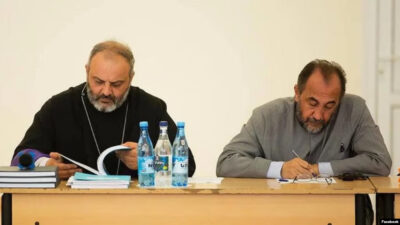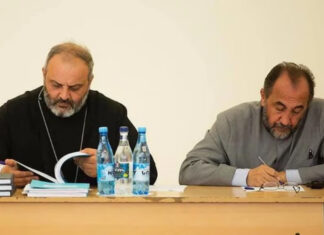The promise to end the war in Ukraine quickly was one of Donald J. Trump’s main campaign pledges. Upon returning to the White House in January 2025, the president began taking steps toward this goal. The world witnessed a whirlwind of negotiations: face-to-face meetings between Mr. Trump’s envoy, Steven Witkoff, and Russian President Vladimir Putin; multiple phone calls between Mr. Trump and Presidents Putin and Volodymyr Zelensky; direct US–Russia and US–Ukraine talks in Saudi Arabia; and a tense meeting in the Oval Office with Mr. Zelensky.
As a result, Russia and Ukraine agreed to suspend attacks on each other’s energy infrastructure for one month. Negotiations are now underway for a broader ceasefire. It is too early to assess the likelihood of a complete and lasting ceasefire — let alone the prospects for a comprehensive peace agreement between Russia and Ukraine.
On several key issues, the sides maintain diametrically opposing positions. Russia demands recognition of territories it declared part of the Russian Federation in 2022, as well as Crimea, restrictions on the Ukrainian armed forces, and the formal adoption of Ukraine’s neutrality. Ukraine, in turn, insists it will never recognize Russian control over any of its territory, will not accept limits on its military, and will not remove NATO membership from its foreign policy agenda.
Nevertheless, the mere fact of direct US–Russia talks — and Mr. Trump’s statements about normalizing relations with Russia and the need for Ukraine to accept some territorial losses — has significantly impacted global geopolitics. Regional developments in many parts of the world have been affected, and the South Caucasus is no exception. In recent years the region has become a microcosm of the emerging post-unipolar world order, shaped by the competing and overlapping interests of Russia, Turkey, Iran, the United States, the European Union, Israel, France, Britain, India, China, and Pakistan.
Current Stage of Armenia–Azerbaijan Negotiations
The 2020 Nagorno-Karabakh War, the onset of the Russia–Ukraine War, and Azerbaijan’s 2023 military takeover of Nagorno-Karabakh — accompanied by forced displacement of the Armenian population — have significantly altered the regional balance of power. Confronted with an increasingly assertive Azerbaijan and the failure of both Russia and the Collective Security Treaty Organization to support it during Azerbaijani incursions, Armenia launched a “peace agenda” aimed at normalizing relations with both Azerbaijan and Turkey. Simultaneously, it began diversifying its foreign policy with a Western focus, deepening ties with the European Union, France, and the United States while strengthening relations with India and the Persian Gulf states.








